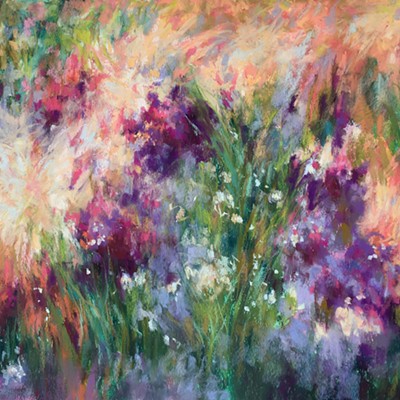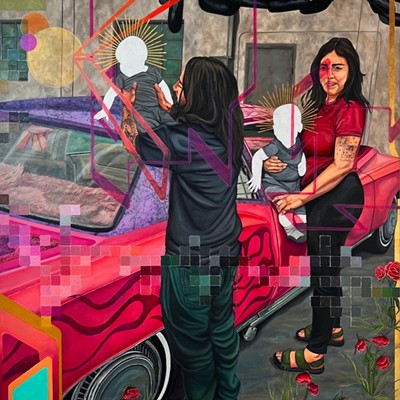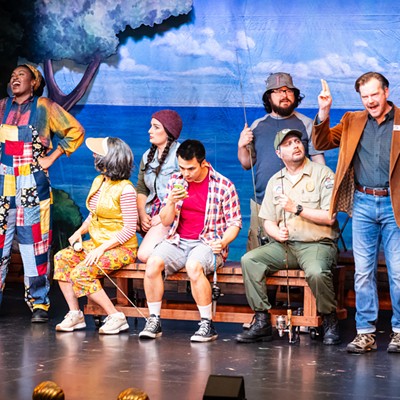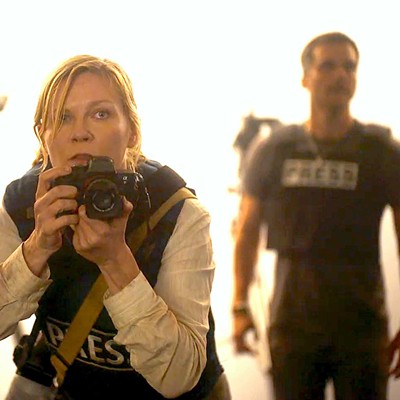Strong sinewy legs, heavily thudding hooves, and brambly manes move in concert with an Earth-rumbling majesty at the Return to Freedom Wild Horse Sanctuary in Lompoc, where 1,500 acres of wooded hills and pastures serve as the home for a number of distinct herds of wild horses.

The sanctuary separates several bloodlines of wild horses, several of which were brought there after Bureau of Land Management (BLM) roundups. There are about 250 horses on the land, explained photographer Roy Bozarth, who leads photo safaris on the property during the summer.
Bozarth has been a photographer for 40 years, he said, and enjoys nature as a subject. He had a girlfriend with a horse several years ago, but didn’t become obsessed with equine subjects until he first visited Return to Freedom.
“It really peaked my interest when I first started coming out here,” he said. “Domesticated horses, to me, are ill-mannered. You can’t normally trust them, but wild horses have a whole different manner.
“They’re flight animals, so if you get too close into their area, or their zone, they will move away from you,” he continued. “But there are horses out there that I’ve been dealing with a long time that I can walk right up to and give them a little massage or whatever.”
Bozarth has led photo safaris during the summer for several years now, he said, and does his best to accommodate the needs of photographers both professional and amateur. He doesn’t discriminate, whether you bring a DSLR, a smartphone, or your first point-and-shoot camera.
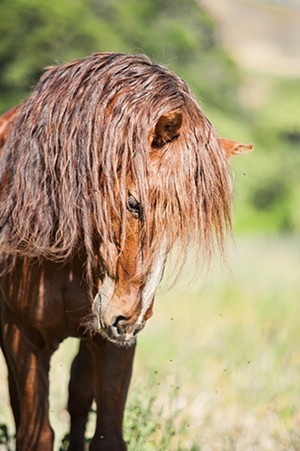
The safaris include morning or afternoon sessions around the sanctuary, visiting the various herds. Bozarth tries to give everyone a chance to capture what they’re looking for, whether it’s up close portraits or panoramic action shots of a herd in motion.
“If the horses need to run, then I get them to run,” he said. “I’m 60 years old now, and it’s not as easy as it used to be, but I can still get them to move.”
The safari is a walking event, Bozarth said, and the first things he covers are the “dos and don’ts” for safety. You don’t invade the animals’ space, he said, because horses do spook easily.
He does let people interact with the animals, but safety and respect is his primary concern. Nobody has ever been hurt on one of his safaris, Bozarth said, and it’s because of the precautions he takes.
“Even though I’m out trying to get the horses to do what they want,” he said, “I’ve always got my eye back on the people.”
A handful of the horses at Return to Freedom are considered wild, he explained, because they’ve never been ridden or bridled, but were actually born at the sanctuary and are familiar with people.
But mostly, Bozarth said, the animals just do what they do and provide plenty of opportunity for fantastic photos. Whether two males are rearing playfully or a mare whips her mane, anyone ready with a camera can go home with some shareable shots.
The events are extremely helpful in garnering funds to help support the horses, Bozarth explained. Feeding costs alone can run into the tens of thousands of dollars during some months. He also tries to offer as much helpful instruction as possible so everyone leaves with as many great photos as they can.
“If they can walk away with a handful of pictures that they really, really like, they may come back,” he said, “and it all helps the horses.”
Arts Editor Joe Payne will leave the horse wrangling to the professionals. Contact him at [email protected].


